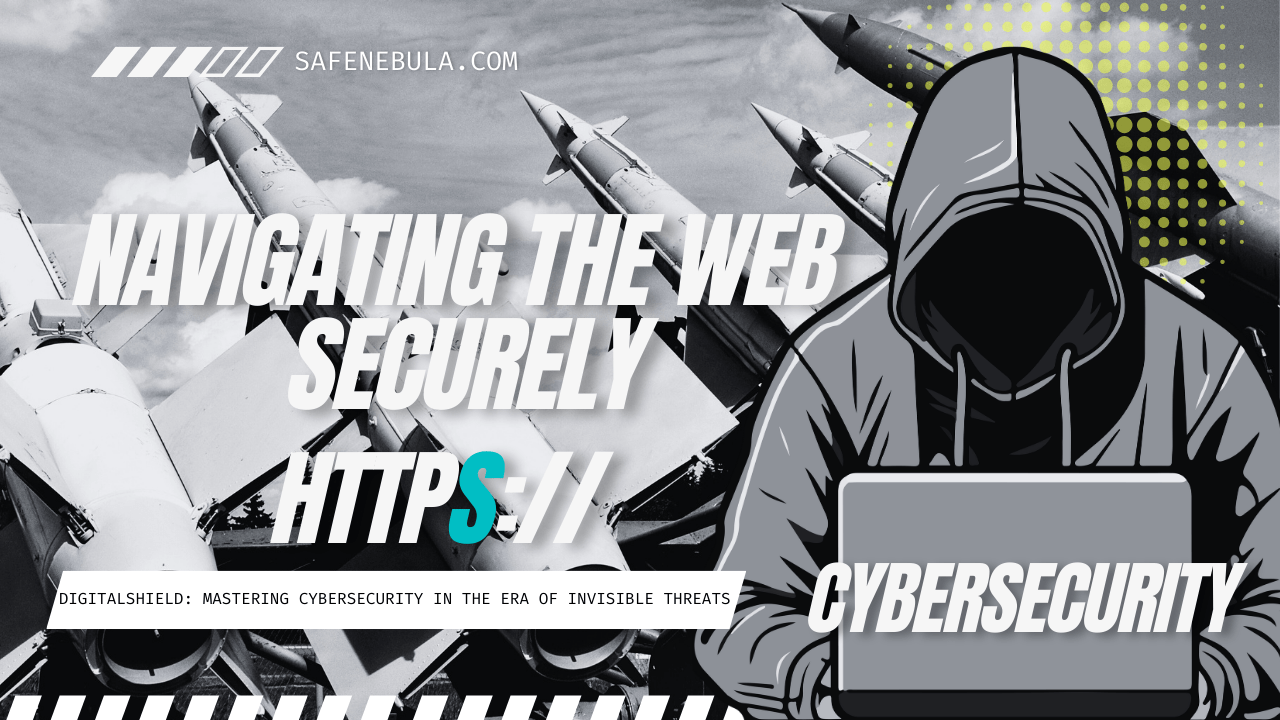The internet is a vast repository of information and a gateway to countless services and connections. However, navigating this digital landscape securely requires awareness and the adoption of safe browsing practices. This guide outlines essential habits you should cultivate to browse the web securely, focusing on secure connections, recognizing safe sites, and avoiding malicious downloads.

Understanding Secure Connections (HTTPS)
HTTPS (Hypertext Transfer Protocol Secure) is the secure version of HTTP, which is the primary protocol used to send data between your web browser and the websites you visit.
HTTPS ensures that the communication between your browser and the website is encrypted, protecting your data from eavesdroppers.
- Look for the Lock: Always check for the lock icon in the address bar of your browser. This symbol indicates that the site uses HTTPS and that your connection to it is encrypted.
- Verify the URL: Be mindful of the website’s URL. A secure connection should start with “https://” rather than just “http://”.
Recognizing Secure Sites
Beyond the lock icon and HTTPS, several other indicators can help you identify secure and trustworthy websites:
- Check for a Privacy Policy: Reputable websites often have a privacy policy that outlines how your data is collected, used, and protected.
- Look for Contact Information: Legitimate websites typically provide clear contact information, such as an email address, phone number, or physical address.
- Use Website Reputation Tools: Tools and browser extensions like Web of Trust (WOT) can provide insights into a website’s credibility and security based on user reviews and ratings.
Avoiding Suspicious Downloads

Malware, spyware, and other malicious software can often infiltrate your system through downloads from the internet. Protect yourself by following these guidelines:
- Download from Official Sources: Always download software and files from official websites and verified platforms. Avoid third-party sites that may offer pirated or malicious versions of software.
- Beware of ‘Too Good to Be True’ Offers: Be skeptical of websites offering free downloads of normally paid software or claiming to provide exclusive content that seems too good to be true.
- Pay Attention to Download Warnings: Modern browsers often include security features that warn users about potentially dangerous files or websites. Heed these warnings and proceed with caution.
Additional Safe Browsing Tips
- Update Your Browser: Keep your web browser updated to the latest version. Browser updates often include security patches and new features to protect against emerging threats.
- Use a VPN: A Virtual Private Network (VPN) can provide an additional layer of security by encrypting your internet connection, especially important when using public Wi-Fi networks.
- Enable Multi-Factor Authentication: Where possible, enable multi-factor authentication (MFA) on your accounts to add an extra layer of security beyond just a password.
Conclusion
Safe browsing practices are essential in protecting your privacy and security online. By ensuring secure connections, recognizing secure sites, and avoiding suspicious downloads, you can greatly reduce your risk of encountering cyber threats. Remember, staying informed and cautious are your best defenses against the myriad of risks present in the digital world.

Have you been curious about how hackers choose their victims or develop their attack plans?
Have you been hacked before?
Do you want to learn to protect your systems and networks from hackers?
If you answered “yes” to any of the questions above, this is the book for you.
This book serves as a launchpad for learning more about the Internet and cybersecurity.
Throughout this book, you will take a journey into the world of cybercrimes and cybersecurity.
The information is designed to help you understand the different forms of hacking and what you can do to prevent being hacked.
